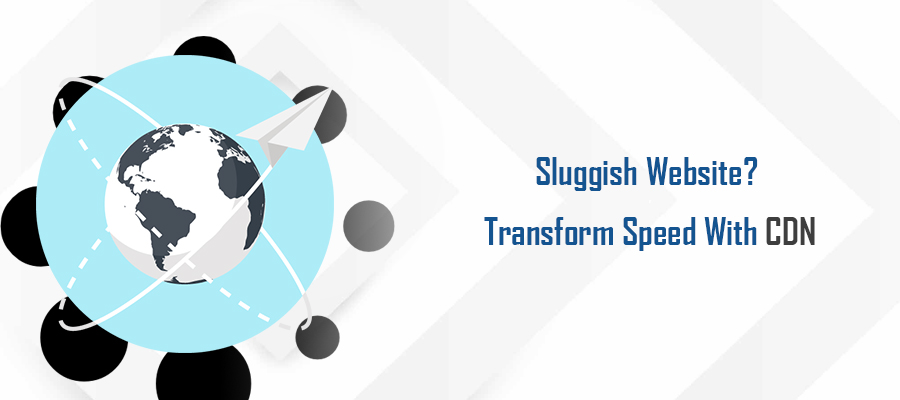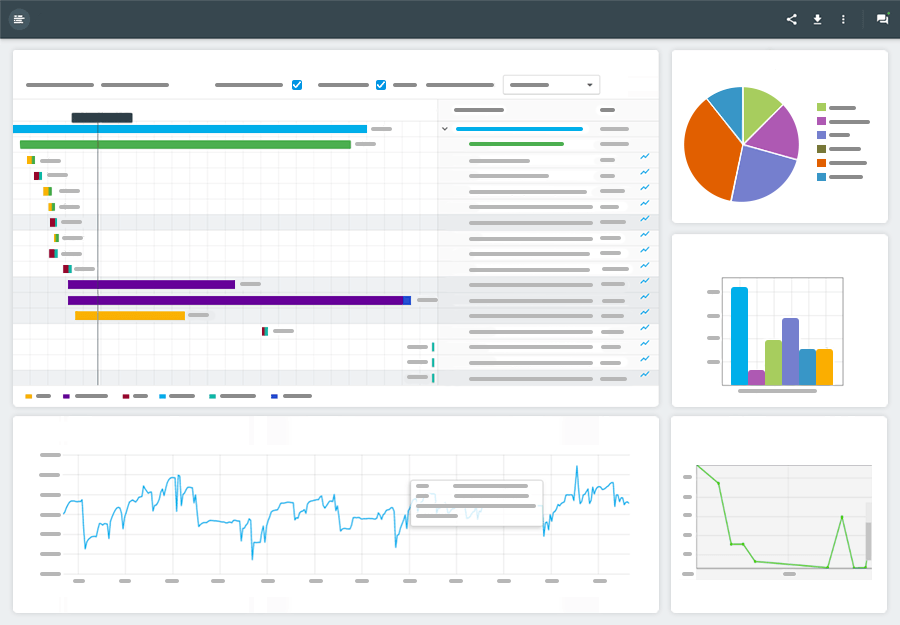 In the ever-present quest to achieve maximum website speed and performance, perhaps the most capable tool in this arsenal is also among the least discussed. While there are literally hundreds of on-page optimization tips, perhaps the reason for your sluggish web performance is a deeper issue.
In the ever-present quest to achieve maximum website speed and performance, perhaps the most capable tool in this arsenal is also among the least discussed. While there are literally hundreds of on-page optimization tips, perhaps the reason for your sluggish web performance is a deeper issue.
For countless websites, the root of their performance issues isn’t due to website infrastructure, but rather, server delivery. When this is the case, you can have the most well-designed and highly-optimized website and still suffer from sluggish speeds.
The solution to this problem? CDN, or Content Delivery Network.
While this may sound like a complex solution to your performance problem, it’s actually fairly easy to implement and manage. Whether you’re an experienced web developer, or a complete novice, let’s take a minute and explore how implementing a CDN can boost performance, stability and reliability for your website.
Exploring Content Delivery Networks – A Brief Overview
Before diving into how CDN can boost your website speed, it’s important to understand what exactly this unique service is and how it interacts with your web platform.
Essentially, a Content Delivery Network is an interwoven network of servers located throughout the world. CDN nodes, which are also referred to as Edge Servers, cache static website files, such as images and other structural elements.
Because the majority of page loading time is spent retrieving these structural components from the host server, by storing these static building blocks in servers throughout the world, the end-user receives these files faster.
Okay, that may not have been the best explanation, so let’s simplify it a little more. Let’s say your primary server is in Arizona, but the end user is in Hawaii. Without a CDN, the end-user browser must first establish a connection with the Arizona server and then download your website files.
As you could imagine, this takes a substantial amount of time, which ultimately slows down your website performance. Now, when you have a CDN in play, essential structural files of your website are stored in servers located directly in Hawaii. Using the same scenario, rather than connecting and retrieving files from a server that’s thousands of miles away, the end-user experiences exponentially faster load times as data only has to travel a few dozen miles.
While there’s much more complex information involved in how this system operates, that’s the essential bits. Now, how do you implement a CDN? Thankfully, it’s much easier than you’d think.
Establishing a CDN System – Simple, Fast and Effective
No, you don’t need a degree in computer science to access this next-level performance optimization system. Essentially, all you need is a web host who provides this service. When you sign-up for a CDN, either through your hosting provider or via a third-party provider, all you need to do is tell the CDN provider what files you want it to “mirror.”
After this, you simply configure your site to the CDN, which is often done automatically, and presto! You have a powerful solution for your webpage loading issues. As an added bonus, if you run a CMS site, such as WordPress, Magento or Drupal, there are plugins that automatically perform this action for you.


